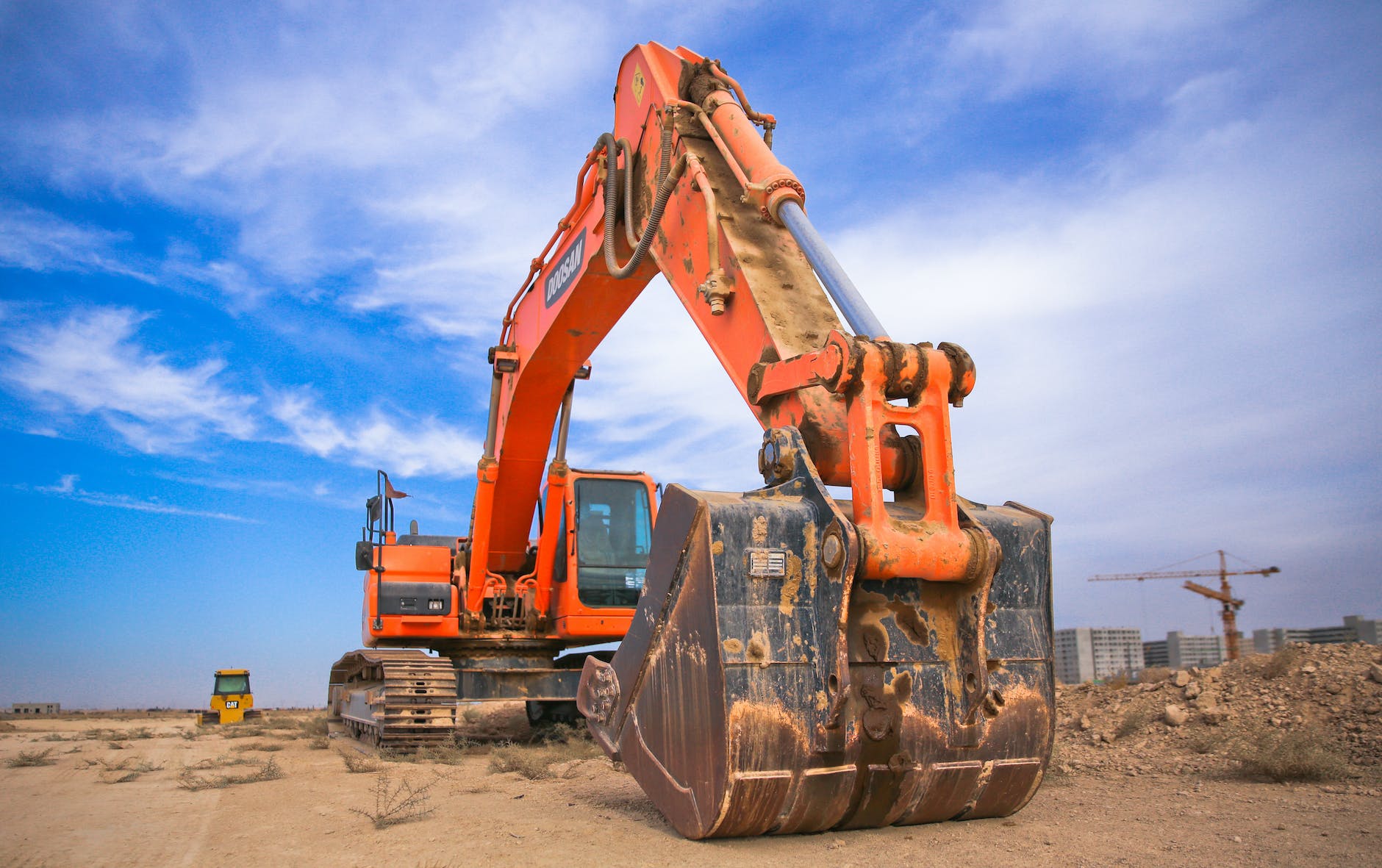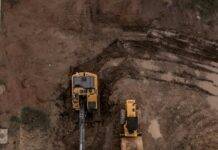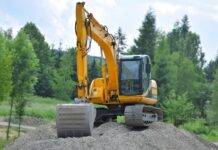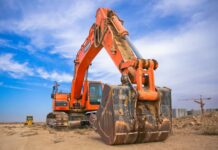
Excavation Hazards and Control Measures
Excavation work is an integral part of construction and various industries. However, it comes with inherent risks that demand meticulous attention to safety. Understanding excavation hazards and implementing effective control measures are vital to safeguarding workers and preventing accidents.
Introduction to Excavation Hazards
Excavation sites pose several potential risks, from cave-ins to hazardous atmospheres. Safety measures are critical to mitigate these dangers and ensure a secure working environment. Prioritizing safety not only saves lives but also avoids costly accidents and project delays.
Types of Excavation Hazards
Cave-ins and Collapses
Among the most concerning risks are cave-ins, where soil or rock unexpectedly falls, trapping workers. Understanding soil stability and employing proper shoring techniques are essential.
Hazardous Atmospheres
Excavation areas might contain hazardous gases or low oxygen levels, leading to respiratory issues or suffocation. Continuous monitoring and proper ventilation are crucial.
Falling Materials and Equipment
Tools, equipment, or materials falling into excavated areas pose serious threats to workers. Implementing barriers and safety nets can significantly reduce these risks.
Regulations and Standards
Regulatory bodies like OSHA provide guidelines to ensure safety protocols. Compliance with these standards is mandatory, emphasizing the need for thorough safety assessments and adherence to prescribed protocols.
Risk Assessment in Excavation
Identifying potential hazards and assessing associated risks is fundamental. Understanding the consequences of these risks aids in formulating effective preventive measures.
Control Measures for Excavation Hazards
Implementing protective systems such as trench boxes, shields, or sloping techniques significantly reduces the risk of cave-ins. Analyzing soil stability and employing appropriate shoring methods are equally crucial.
Training and Education for Safety
Investing in employee training is pivotal. Educating workers on recognizing hazards and using safety equipment fosters a culture of safety and responsibility.
Monitoring and Inspections
Regular checks and inspections ensure compliance with safety protocols and the effectiveness of implemented measures. Timely assessments prevent potential risks.
Emergency Response and Preparedness
Establishing emergency protocols and conducting regular drills prepares workers for unforeseen situations. Quick response and proper first aid are imperative in minimizing damages.
Excavation work comes with various hazards that need careful consideration and appropriate control measures to ensure safety. Some common hazards and their control measures include:- Collapse of Excavated Walls:
- Hazard: Soil collapse or cave-ins can endanger workers.
- Control Measures: Use protective systems like sloping, shoring, or trench boxes. Regularly inspect the walls for stability.
- Falls and Slips:
- Hazard: Workers might fall into the excavation or off equipment.
- Control Measures: Provide guardrails, barriers, and personal protective equipment (PPE) like harnesses. Ensure proper training on ladder and equipment use.
- Falling Objects:
- Hazard: Tools, equipment, or debris can fall into the excavation.
- Control Measures: Establish barricades around the excavation. Secure tools and materials properly.
- Hazardous Atmospheres:
- Hazard: Confined spaces may have low oxygen or toxic gases.
- Control Measures: Ventilate the excavation adequately. Use gas monitors and enforce confined space protocols.
- Utility Interference:
- Hazard: Damage to underground utilities like gas or electrical lines.
- Control Measures: Conduct utility locates before excavation. Implement safe digging practices and hand digging near utilities.
- Mobile Equipment Accidents:
- Hazard: Collisions involving vehicles and heavy machinery.
- Control Measures: Establish designated walkways and traffic control measures. Train equipment operators and enforce safety protocols.
- Electrical Hazards:
- Hazard: Contact with buried electrical lines.
- Control Measures: Identify and isolate electrical sources in the excavation area. Use non-conductive tools and maintain a safe distance from power lines.
- Access and Egress Issues:
- Hazard: Inadequate entry or exit points in excavations.
- Control Measures: Provide proper ladders, ramps, or stairways for safe entry and exit. Ensure they’re maintained and easily accessible.
- Inclement Weather:
- Hazard: Rain, snow, or extreme temperatures can affect excavation stability.
- Control Measures: Monitor weather conditions regularly. Implement measures to secure the site during adverse weather.
- Lack of Training and Communication:
- Hazard: Inadequate knowledge or communication about hazards and safety protocols.
- Control Measures: Conduct thorough training on excavation hazards and safety practices. Promote open communication among workers and supervisors.
Regular inspections, hazard assessments, proper training, and adherence to safety protocols are crucial in minimizing excavation hazards and ensuring a safe work environment.Costs and Benefits of Safety Measures
While safety investments incur costs, they prevent accidents that could be financially and emotionally devastating. Long-term benefits outweigh initial expenses.
Community and Environmental Impact
Excavation projects affect local communities and the environment. Engaging with stakeholders and minimizing disruptions are essential considerations.
Conclusion
Prioritizing safety in excavation work is non-negotiable. Understanding hazards, complying with regulations, implementing control measures, and investing in training create a secure environment for workers and the community.
Excavation Safety Toolbox Talks
How To Make JSA for Excavation Activity
How to Make HIRA on Excavation?
Excavation Safety Basic Knowledge
Excavation Hazards and Precautions
FAQs About Excavation Hazards and Control Measures
- What are the primary dangers of excavation work? Excavation work poses several hazards, including cave-ins or collapses, exposure to hazardous atmospheres, and the risk of falling materials or equipment. These dangers can lead to injuries or fatalities if safety measures aren’t in place.
- How can companies ensure compliance with safety regulations? Companies can ensure compliance by adhering to OSHA guidelines and other regulatory standards. This involves conducting thorough risk assessments, implementing proper safety protocols, providing necessary training to employees, and regularly inspecting the worksite for compliance.
- What role does employee training play in preventing accidents at excavation sites? Employee training is crucial in preventing accidents. It educates workers about potential hazards, how to use safety equipment effectively, and how to respond in emergency situations. Properly trained employees are more aware and capable of ensuring a safer work environment.
- Are there any cost-effective methods for ensuring safety during excavation projects? Yes, several cost-effective methods exist, such as proper planning and risk assessment before starting the project, implementing basic safety measures like barriers and warning signs, and investing in employee training. While initial costs are involved, these measures prevent costly accidents in the long run.
- How do advancements in technology contribute to excavation safety? Technological advancements have significantly improved excavation safety. Ground-penetrating radar, remote monitoring systems, and advanced materials for protective systems enhance hazard detection, worker safety, and overall efficiency at excavation sites.

























Hi ,
Very good and informative content on safety. If possible share environmental related topics to better knowledge gain by EHS team.
Hi ,
Very good and informative content on safety. If possible share environmental and leagal requirements related topics to better knowledge gain by EHS team.
Definitely!
very useful information thanks